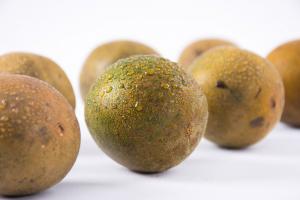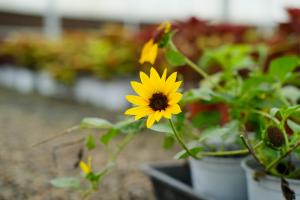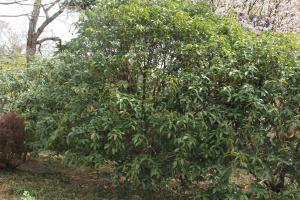How to Care for a Hibiscus Plant
Hibiscus plants are known for their brightly colored flowers and tropical beauty, making them a favorite among gardeners. However, caring for a hibiscus plant can be somewhat challenging. Here, we鈥檒l look at some tips on how to care for a hibiscus plant and ensure it thrives.
Light
Hibiscus plants need plenty of sunlight to grow properly, so it's important to place your plant in a spot that gets at least six hours of direct sunlight every day. However, it's also important to protect your plant from intense harsh sun rays that can cause damage to the plant. You can do this by giving the plant some shade during the hottest parts of the day, or by placing it in a spot that receives some indirect sunlight.
Watering
Watering your hibiscus plant is a delicate process, as too much or too little water can damage the plant. Ideally, you should water your hibiscus plant when the top layer of soil feels dry to the touch. During warmer months, your plant may require more water than during cooler months. Avoid getting water on the plant leaves and flowers, as this could cause disease or fungal problems.
Temperature
Hibiscus plants thrive in temperatures between 60-90掳F, with 70掳F being the ideal temperature for growth. If the temperature drops below 50掳F, the plant can suffer damage, so it's best to bring your hibiscus indoors during the colder months. You can also cover your plant with a protective layer when temperatures drop below the recommended range.
Fertilizer
Hibiscus plants require regular fertilization to bloom and grow as they should. A balanced fertilizer, such as one with a ratio of 10-10-10, is recommended. Fertilize your hibiscus plant every two weeks during the growing season, which is typically spring to fall. Be careful not to over-fertilize, as this can cause the plant to produce too much foliage and fewer flowers.
Pests and Diseases
Hibiscus plants are susceptible to pests such as aphids and spider mites, which can cause visible damage to the plant. Keeping the plant clean and physically removing the insects can help to prevent infestations. Hibiscus plants are also susceptible to fungal diseases such as leaf spot and powdery mildew. Watering the plant at the base and avoiding getting water on the leaves and flowers can prevent many fungal diseases.
Pruning
Pruning your hibiscus plant can help to promote new growth and improve the plant's shape. Prune the plant in the late winter or early spring before new growth appears. You can safely remove up to one-third of the plant's growth at this time.
In conclusion, caring for a hibiscus plant requires attention to detail and careful monitoring. Ensure that your plant receives the proper amount of sunlight, water, and fertilizer, and protect it from pests and diseases. With proper care, your hibiscus plant will flourish and provide you with many beautiful blooms.

 how many times do yo...
how many times do yo... how many planted tre...
how many planted tre... how many pine trees ...
how many pine trees ... how many pecan trees...
how many pecan trees... how many plants comp...
how many plants comp... how many plants can ...
how many plants can ... how many plants and ...
how many plants and ... how many pepper plan...
how many pepper plan...































